Maysteel provides complex sheet metal fabrication with a focus on design for manufacturing. Founded in 1936, we combine our extensive engineering experience and market knowledge with an expanding supply chain footprint, allowing us to fabricate products that others can’t. We design, engineer and manufacture custom OEM sheet metal enclosures, kiosks, cabinets and racks. We have locations in the...

Chesapeake Machining & Fabrication, Inc. is a metal fabricator providing products and services to a variety of industries. We have capabilities in press brakes, shears, angle and shape rolls, iron working and welding. Contact us today for more information.

Accurate Metal Fabricating has been providing metal fabrication to OEM's and job shops for over 80 years. We fabricate, engineer, and perforate to the most precise specifications for the most demanding companies. We offer a full range of metal customization and fabrication capabilities that bring your design to reality. Our abilities range from forming and laser-cutting to powder coating and...
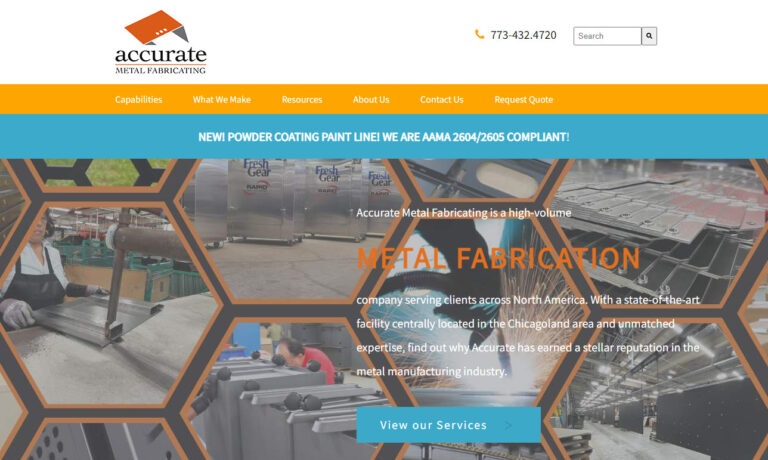
Welcome to Washington Metal Fabricators, where we specialize in providing high-quality metal fabrication solutions to meet the diverse needs of our clients. With years of experience and a commitment to excellence, we have established ourselves as leaders in the industry, delivering innovative products and services tailored to exceed our clients' expectations. Our core expertise lies in metal...

At Fabri-Tech, Inc., we pride ourselves on being a premier provider of metal fabrication solutions, catering to the diverse needs of our valued clientele. With years of experience and expertise in the industry, we have established ourselves as a trusted partner known for our commitment to quality, innovation, and customer satisfaction. Our product portfolio encompasses a wide range of metal...

More Metal Fabrication Companies
Metal fabricators are companies that transform raw metal materials into usable products. The term metal fabrication broadly encompasses the entire process of producing metal goods through various metalworking techniques. Essentially, the importance of metal fabrication lies in the commercial framework that usually supports these processes.
What is Metal Fabrication?
Metal fabrication involves transforming raw metal materials into usable products through processes such as cutting, shaping, bending, assembling, and finishing.
Typically, metal fabrication shops are centralized facilities that bring together a variety of metalworking processes to produce finished metal products. These shops often employ specialists in different areas of metallurgy, such as welders, blacksmiths, and CNC operators, to complete their projects. Common metalworking processes used throughout a metal fabrication project include casting, bending, stamping, welding, punching, CNC machining, and forging. Although metal fabrication is often mistaken for welding, they are not the same; welding is just one step within the broader metal fabrication process.
Common Materials
Nearly any metal or metal alloy can be utilized to create a product or part of a product, but certain materials are more commonly chosen than others. Steel, stainless steel, and aluminum are the primary materials used in metal fabrication. Other frequently used metals include bronze, brass, copper, and titanium. Each metal is valued in metal fabrication for specific reasons. For instance, stainless steel is favored for its shiny appearance, while galvanized steel (steel coated with zinc) is popular for its low cost. Similarly, copper is also appreciated for its luster, whereas aluminum is prized for being lightweight and rust-resistant.
Fabricated metal products are rarely made from freshly mined, unprocessed metals. Instead, they are typically fabricated from pre-processed metal materials. The standard raw materials used by metal fabricators include sheet metal (referred to as plate metal when its thickness reaches a quarter-inch), tube stock, welding wire or welding rod, formed and expanded metal, castings, and fittings. Just as different metals have unique advantages for fabrication, various raw material forms are preferred for different applications. For example, if a metal fabricated piece is to be produced via CNC machining, a solid bar or tube is often used. However, since precision sheet metal fabrication constitutes a significant portion of the metal fabrication industry, the preferred raw material form is often a flat or rectangular piece of sheet or plate metal.
Main Stages
To create various products from different types of raw materials, metal fabricators rely on a wide range of processes. The primary methods of metalworking are detailed below. While it may be an oversimplification, most metal fabrication projects can be categorized into four main areas: cutting, shaping (often involving bending), assembling or joining (primarily through welding), and finishing.
Cutting refers to the initial step that transforms raw metal into a workable size, either manually or with automated tools like CNC machines or lasers. CNC machines often work with bars or tubes, removing unwanted material. When using regular sheet or sectional metal, cutting typically involves shear cutting operations, which are considered basic, lower-precision methods compared to non-shear operations. Shear cutting includes simple shearing (removing large parts of the stock with a large shearing blade), punching (creating holes in the stock with a punch mechanism), and blanking (removing the perimeter from the stock). Higher precision, non-shear cutting methods use tools such as lasers, waterjets, and plasma cutters.
The intermediate step of metal fabrication often termed shaping, involves transforming metal and metal components into a desired shape after they have been properly cut. This is usually achieved with a die, a metal block that holds the raw material as it is worked. Dies are used with various shaping tools, such as punches, and are essential for stamping methods, which form coiled or blank sheet metal into a net shape using a stamping press. Shaping or metal forming processes under the stamping umbrella include embossing (stretching the material into a hollow depression), flanging (bending the material along a curved line), coining (compressing or squeezing a pattern into the material), and bending (deforming the material along a straight line).
It’s important to note that metal fabrication processes are not always sequential. Different metalworking processes may occur at various stages depending on the project. For instance, punching can be part of the cutting stage (e.g., preparing sheet metal for bending) or the shaping stage (e.g., using a turret punch to join holes and create a complex shape).
Bending is one of the most frequently utilized stamping processes in metalworking. This process involves bending metal over an edge or hammering it to achieve a specific shape. Two prominent sub-categories of bending are roll forming and press braking.
Rolling forming is a continuous, high-volume process that allows manufacturers to transform extruded, finished, and textured metals into useful products such as trim and channels.
Press braking, on the other hand, operates on a much smaller production scale using a machine called a press brake. A press brake consists of a flat working surface with an indentation matching the intended bend of the metal and a pressing tool. The pressing tool, suspended above the working surface, has an edge that fits precisely into the indentation. When a sheet of metal is placed between the tool and the surface, the metal is forced into the shaped indentation.
Assembling or joining involves fusing various metal pieces together using different methods to create a basic product. Before assembly, different metal pieces are held in place with clamps and assembling fixtures. Metal fabricators may use adhesives, threaded fasteners, riveting, and brazing for assembly tasks. However, welding is the most prominent assembly method, as it provides the strongest bond between pieces. Welding is a broad category that includes several related metal fabricating processes, joining materials through fusion after heating and possibly pressuring the metal to the point of melting.
Welding processes can derive heat from various sources, including friction, ultrasound, gas flames, electron beams, electric arcs, and lasers. There are many types of welding, such as shielded metal arc welding (SMAW), flux-cored arc welding (FCAW), submerged arc welding (SAW), electroslag welding (ESW), electric resistance welding (ERW), oxyacetylene welding (OAW), and gas metal arc welding (GMAW). GMAW can be further divided into metal inert gas (MIG) welding and metal active gas (MAG) welding. The most popular welding method in the metal fabrication industry today is gas tungsten arc welding (GTAW) or tungsten inert gas (TIG) welding due to its precision. Welding is so widely used that processes have been developed for underwater and outer space applications. Beyond the marine and aerospace industries, welding is crucial to the automotive industry, industrial manufacturing, power plant maintenance, and much more.
The b>finishing stage of metal fabrication involves fortifying or beautifying metal product surfaces through various methods. Generally, metal products are disinfected using organic solvents like acetone or alkaline solutions and often receive coatings, such as paint or powder, to enhance properties like corrosion resistance or electric conductivity.
For every metalworking request, metal fabricators have a method to fulfill it. Through cutting, burning, forming, machining, welding, and related fabrication services, metal fabrication shops can provide customers with a wide variety of standard and custom fabricated parts.
Applications
Metal fabricators’ services are highly sought after across various commercial, industrial, and consumer markets. In commercial settings, fabricated metal parts and products are integral to items like furniture, desktop paper trays, shelving, and HVAC components, including ductwork and grating. In industrial and manufacturing operations, metal fabrication is essential for creating products such as bent metal hoods for fluorescent lighting, stamped metal racks, welded staircases, and hand railings. The automotive industry also relies on metal fabrication for vehicle trim, engine attachments, and more.
In residential homes, metal fabricated parts and products are ubiquitous, appearing in items such as animal cages, bed frames, scissors, kitchenware, jewelry, and other appliances. The construction industry benefits from metal fabrication through the production of heavy machinery components, structural supports, and bridge skeletons. Even advanced industries like aerospace and computing depend on metal fabrication, utilizing it for plane frames, computer hardware, small electronics, and engraved parts.
Safety Precautions
While metal fabrication shops are highly valuable, they can also be very dangerous. Standard safety precautions in these environments include:
- Wearing appropriate safety equipment: This includes flame-resistant pants and jackets, heavy aprons, heavy boots, leather working gloves, safety goggles, respiratory masks, and more.
- Avoiding unnecessary physical exposure: Refrain from habits like running your hands over cut metal edges, even if wearing gloves.
- Maintaining a clean work environment: Minimize hazards by keeping the area free of excessive metal scrap and wet, slick metal sheets.
- Defining proper storage policies: Ensure both manual and automatic metal fabrication tools are stored safely and in designated areas when not in use.
- Regularly inspecting equipment: Conduct routine inspections to identify and address issues early, extending the longevity of the tools.
- Replacing or upgrading defective tools or parts immediately: This is crucial, especially for high-quality tools like cutting lasers.
Considerations
Engaging the services of metal fabrication shops is generally a wise business decision. These shops enhance the speed and flexibility of metalworking projects, especially when compared to coordinating multiple metallurgical specialists. When seeking a quality fabrication company or shop, certain general customer practices are essential. Manufacturing success hinges on reasonable costs, consistent quality, and high speed/volume, perhaps more so than in other sectors. A reliable metal fabrication supplier should offer a comprehensive range of services and have a strong reputation for these attributes. Equally important is the fabricator’s commitment to excellent customer service.
The success of a metal fabrication project heavily relies on the quality of initial layouts and designs. Therefore, it’s crucial to partner with a fabricator who invests the necessary expertise and time in the project’s early stages. A good metal fabricator will help you make decisions that optimize the overall fabrication process and meet your specific commercial needs. For example, a quality fabricator might advise against welding if it’s unnecessary, suggesting riveting or bonding instead. While welding is common, these alternatives can be preferable if ease of replacing damaged parts is a priority.

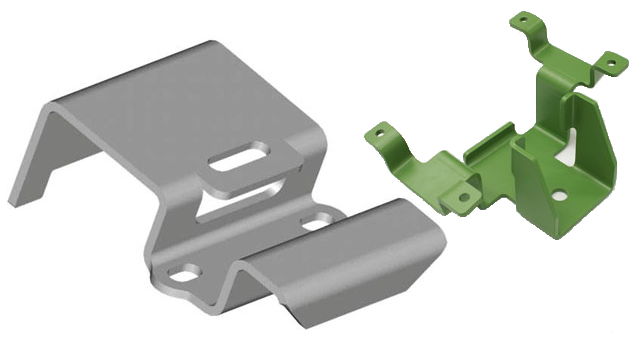
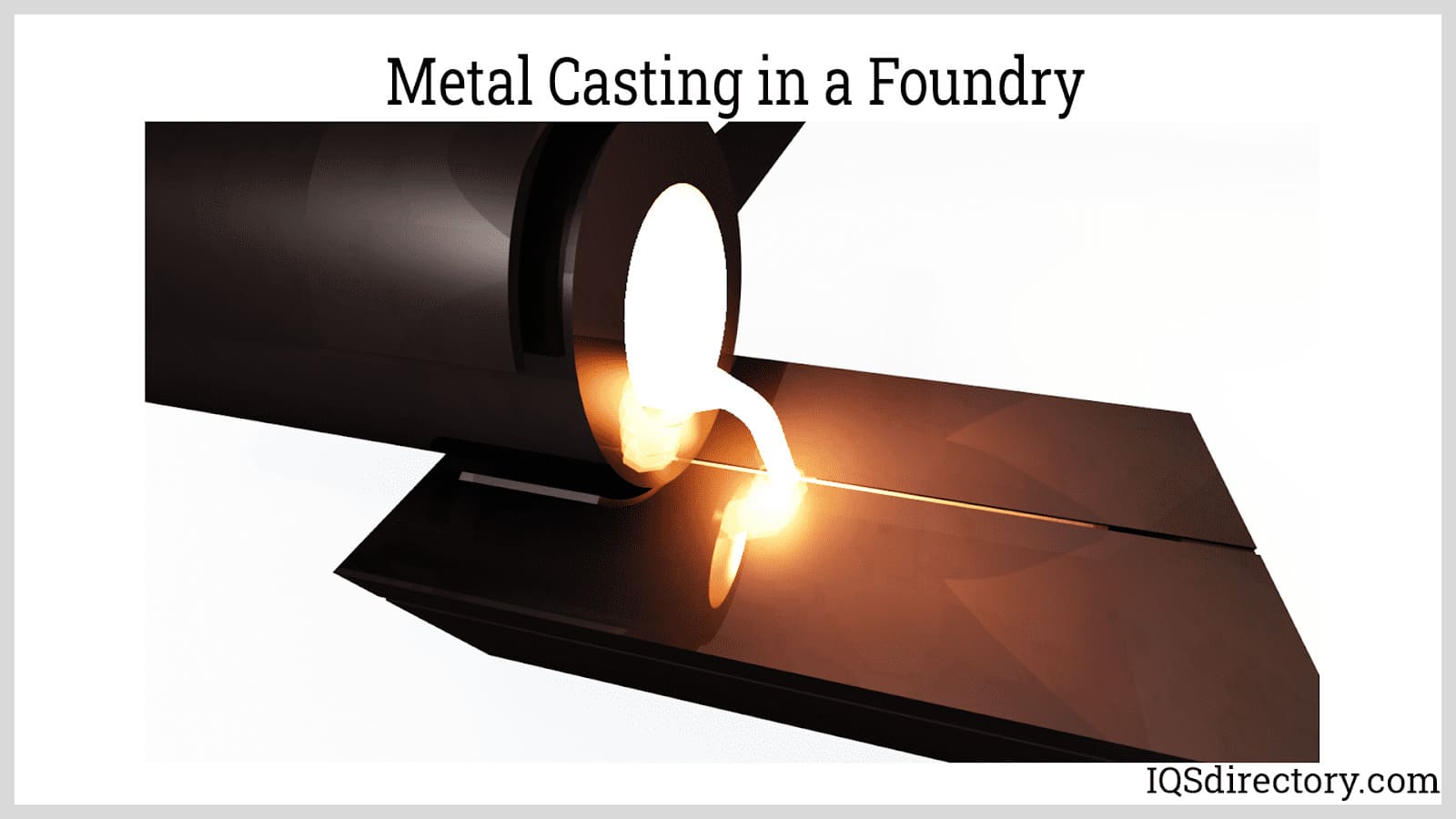
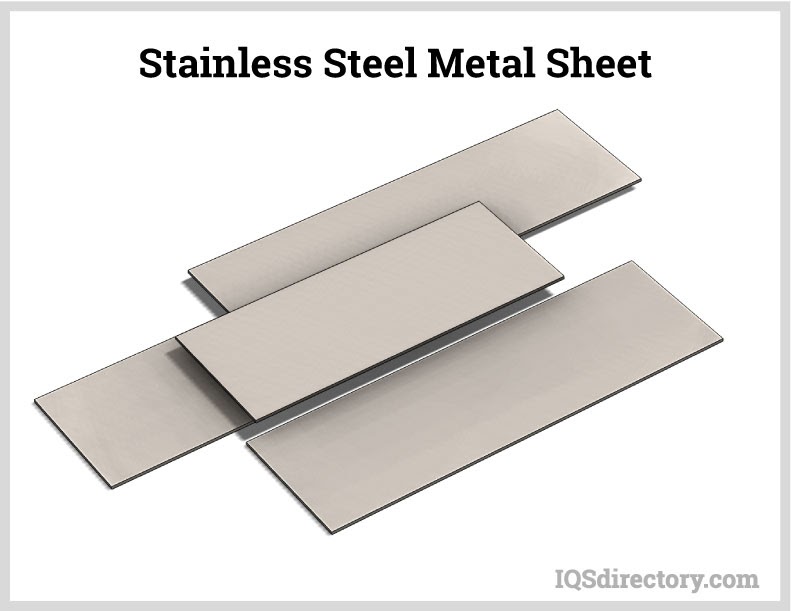
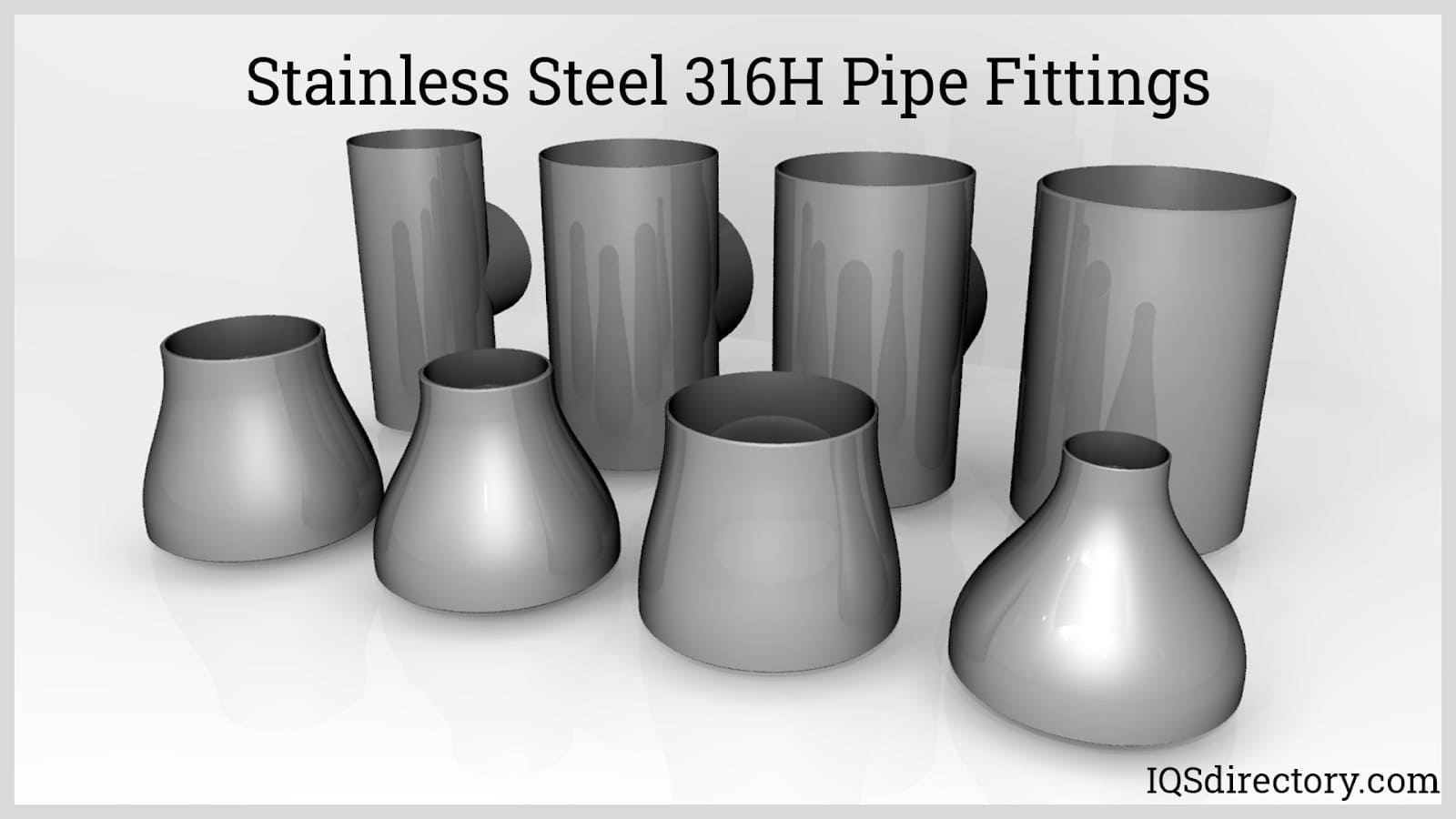
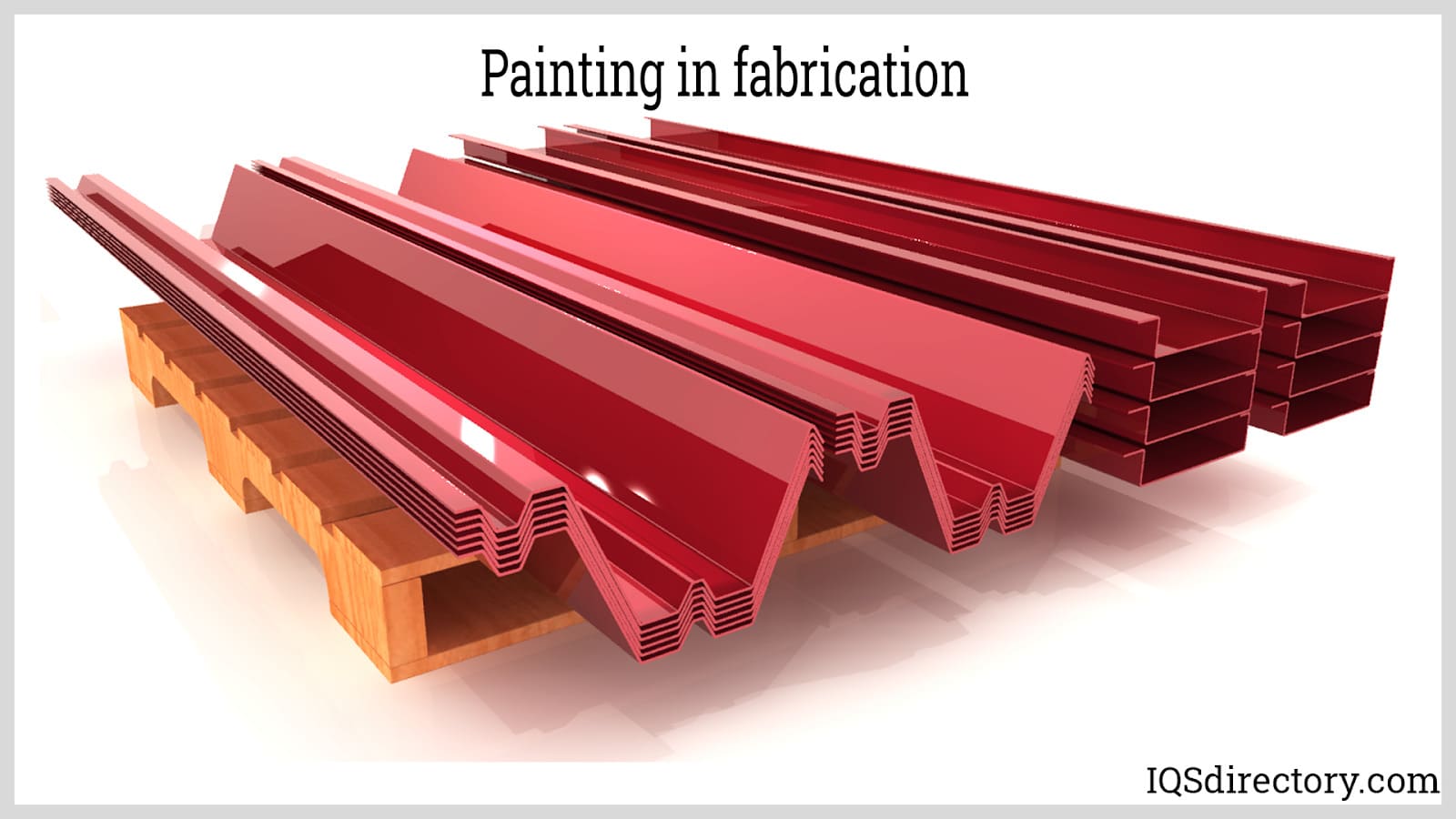
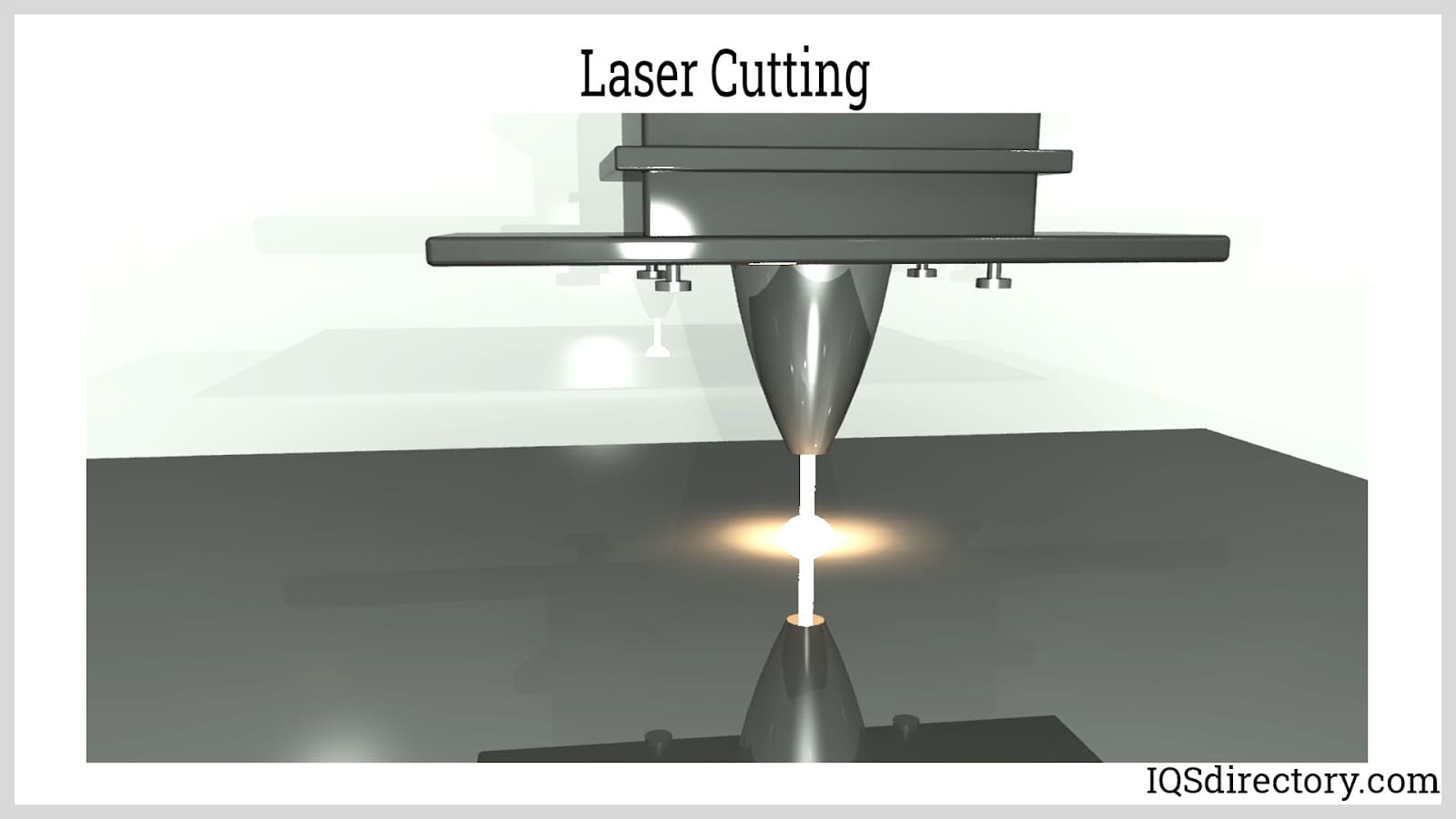
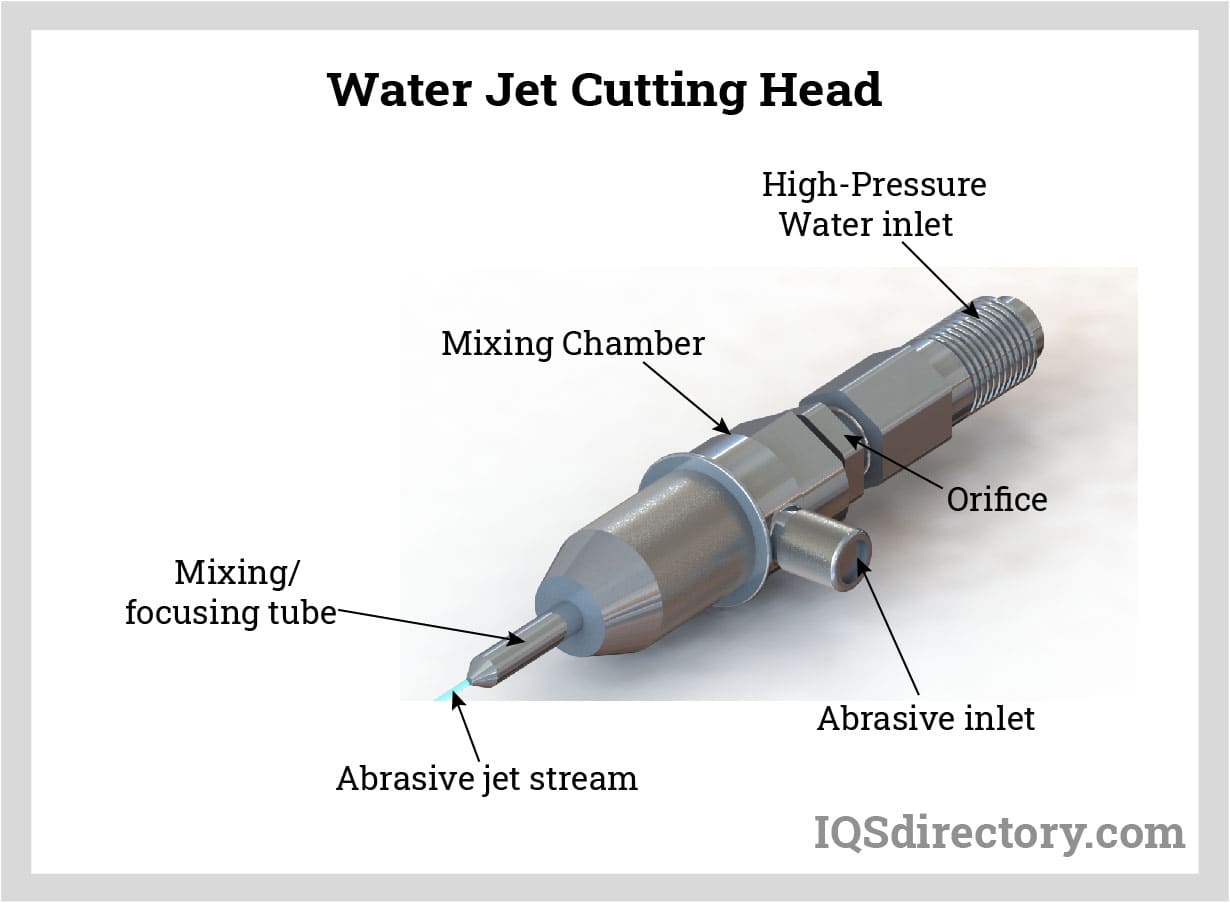
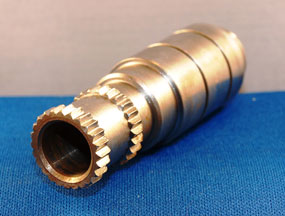 Broaching
Broaching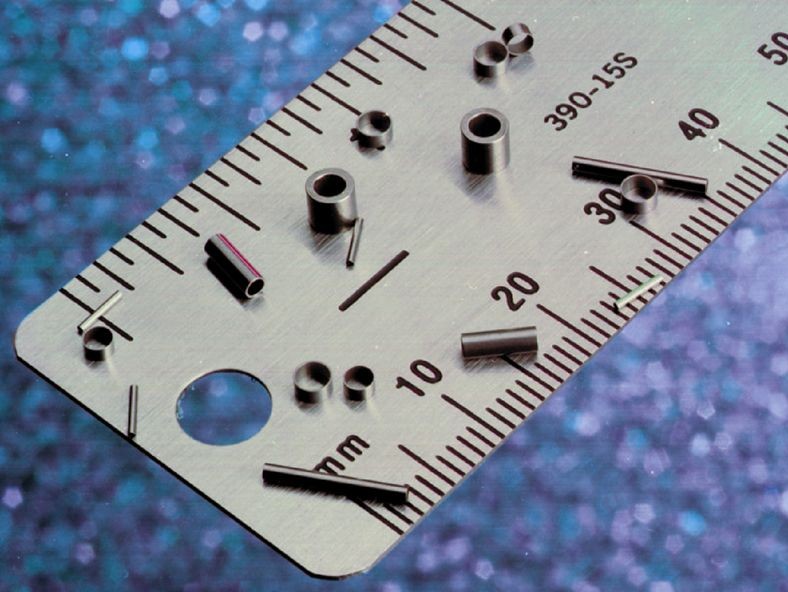 CNC Machining
CNC Machining Expanded Metals
Expanded Metals Laser Cutting
Laser Cutting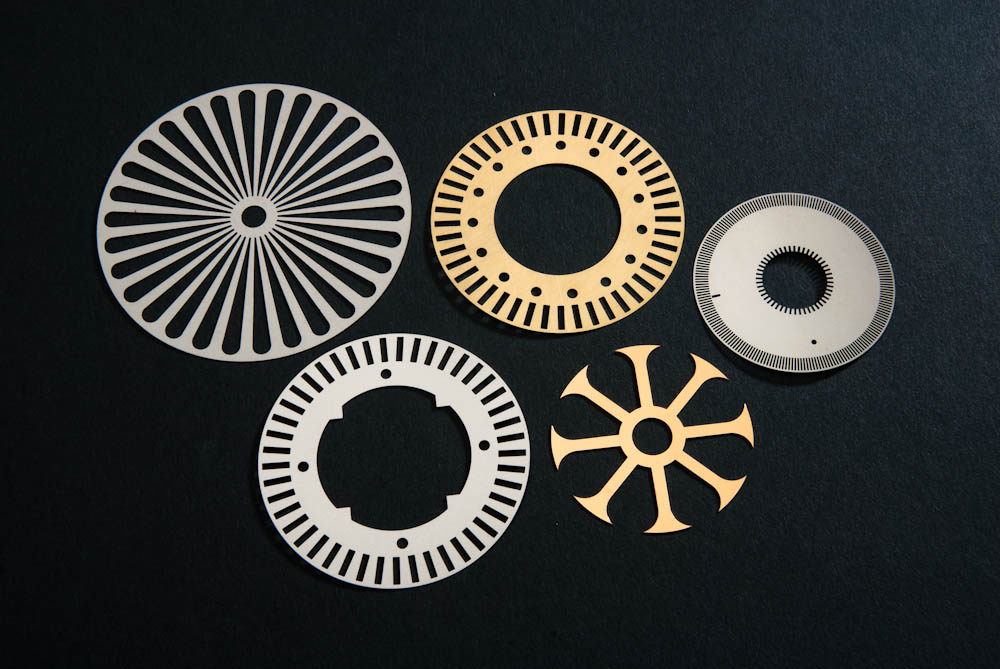 Metal Etching
Metal Etching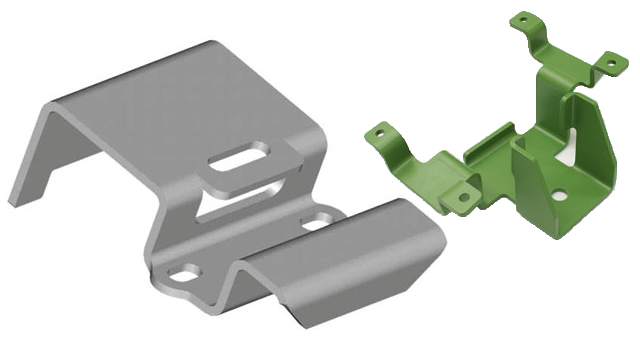 Metal Fabrication
Metal Fabrication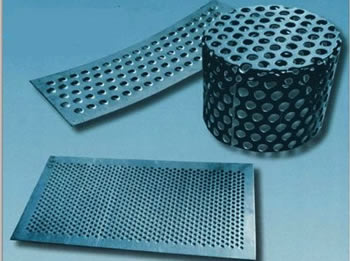 Perforated Metals
Perforated Metals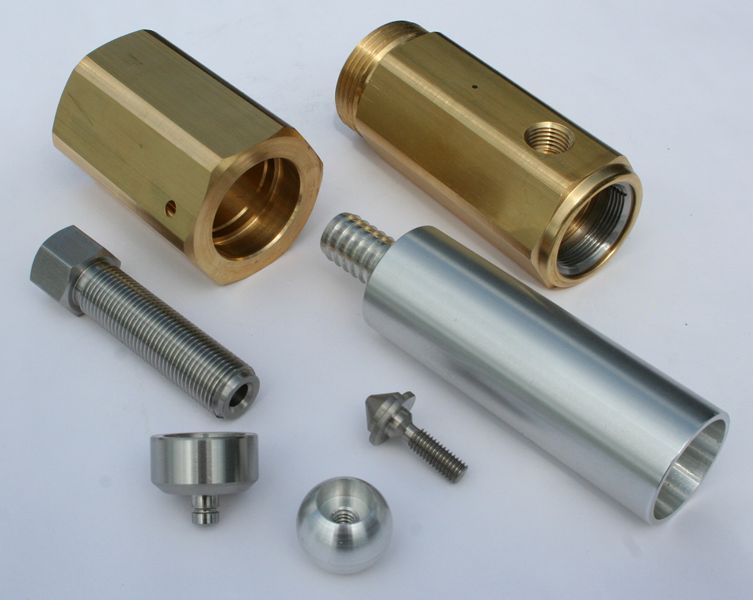 Screw Machine Products
Screw Machine Products Metal Stampings
Metal Stampings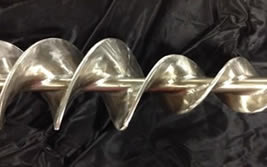 Sheet Metal Fabrication
Sheet Metal Fabrication Tube Fabrication
Tube Fabrication Water Jet Cutting
Water Jet Cutting Castings & Forgings
Castings & Forgings Bulk Material Handling
Bulk Material Handling Electrical & Electronic Components
Electrical & Electronic Components Flow Instrumentation
Flow Instrumentation Hardware
Hardware Material Handling Equipment
Material Handling Equipment Metal Cutting Services
Metal Cutting Services Metal Forming Services
Metal Forming Services Metal Suppliers
Metal Suppliers Motion Control Products
Motion Control Products Plant & Facility Equipment
Plant & Facility Equipment Plant & Facility Supplies
Plant & Facility Supplies Plastic Molding Processes
Plastic Molding Processes Pumps & Valves
Pumps & Valves Recycling Equipment
Recycling Equipment Rubber Products & Services
Rubber Products & Services